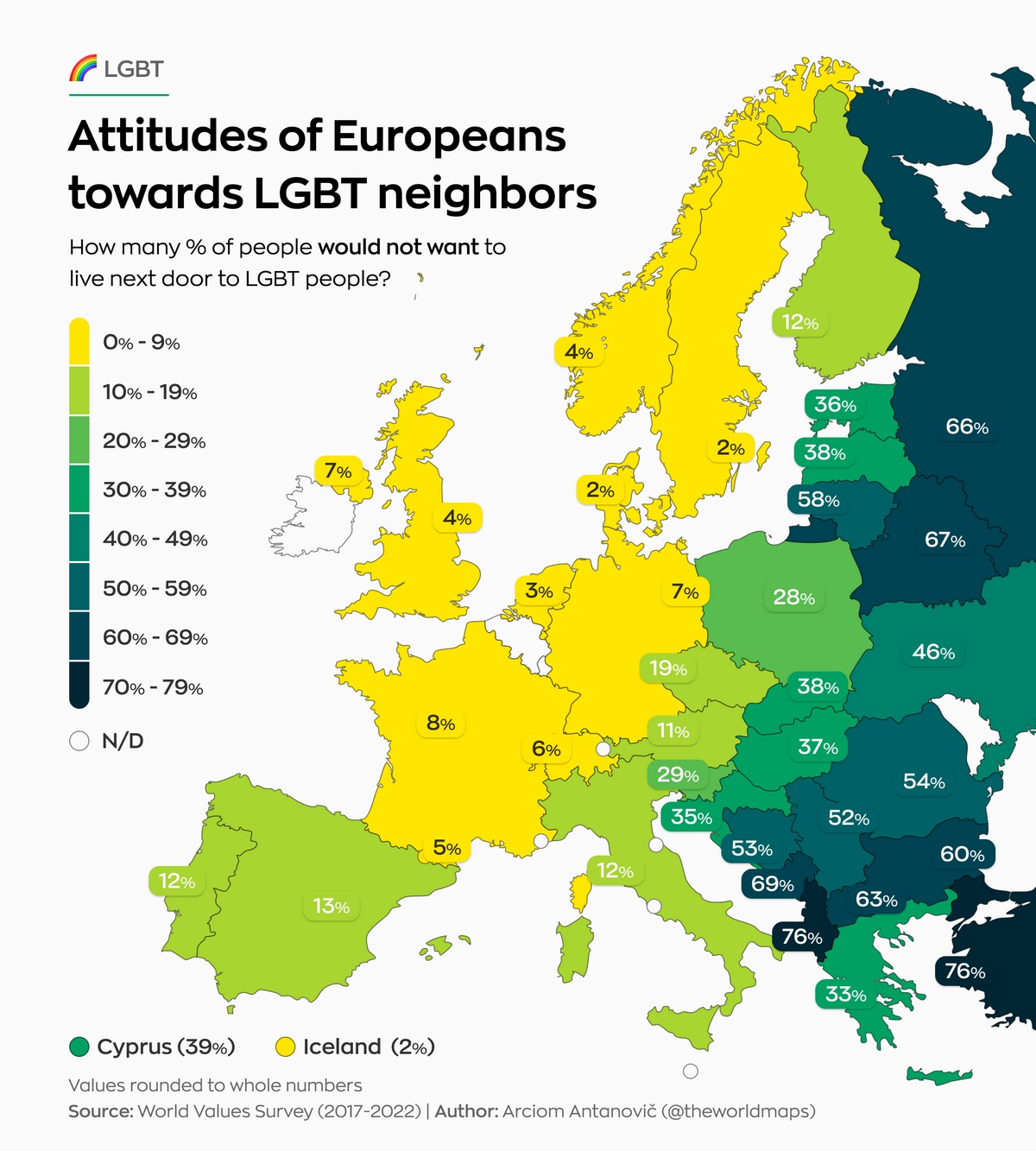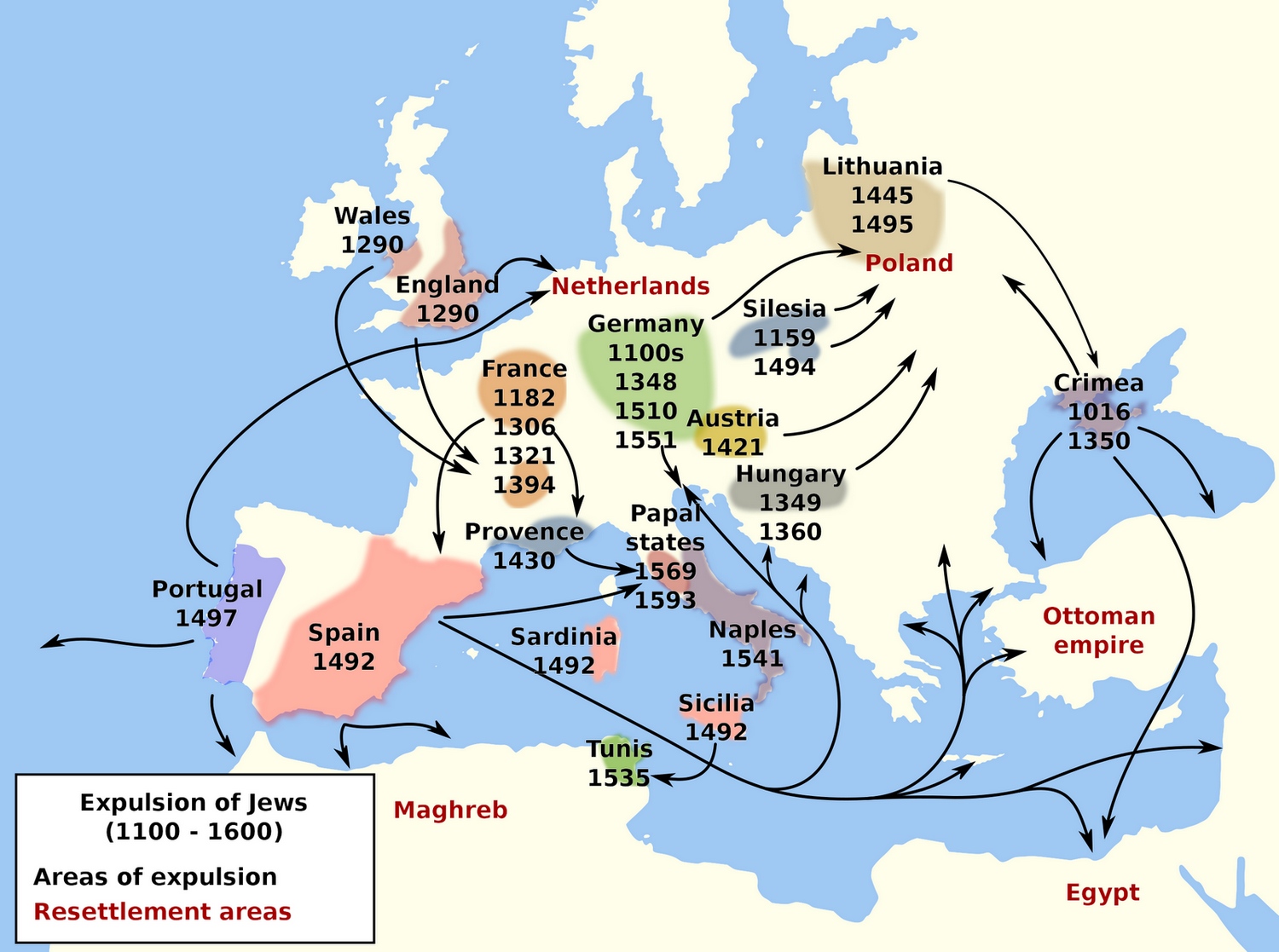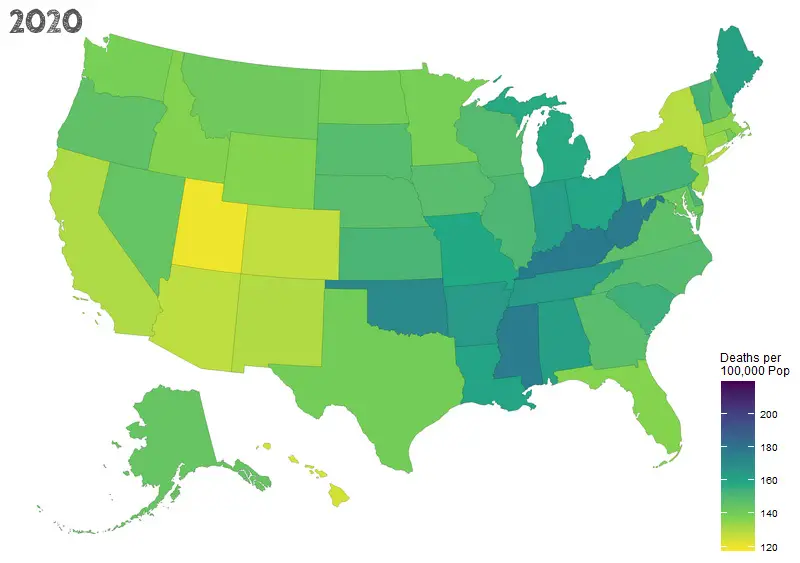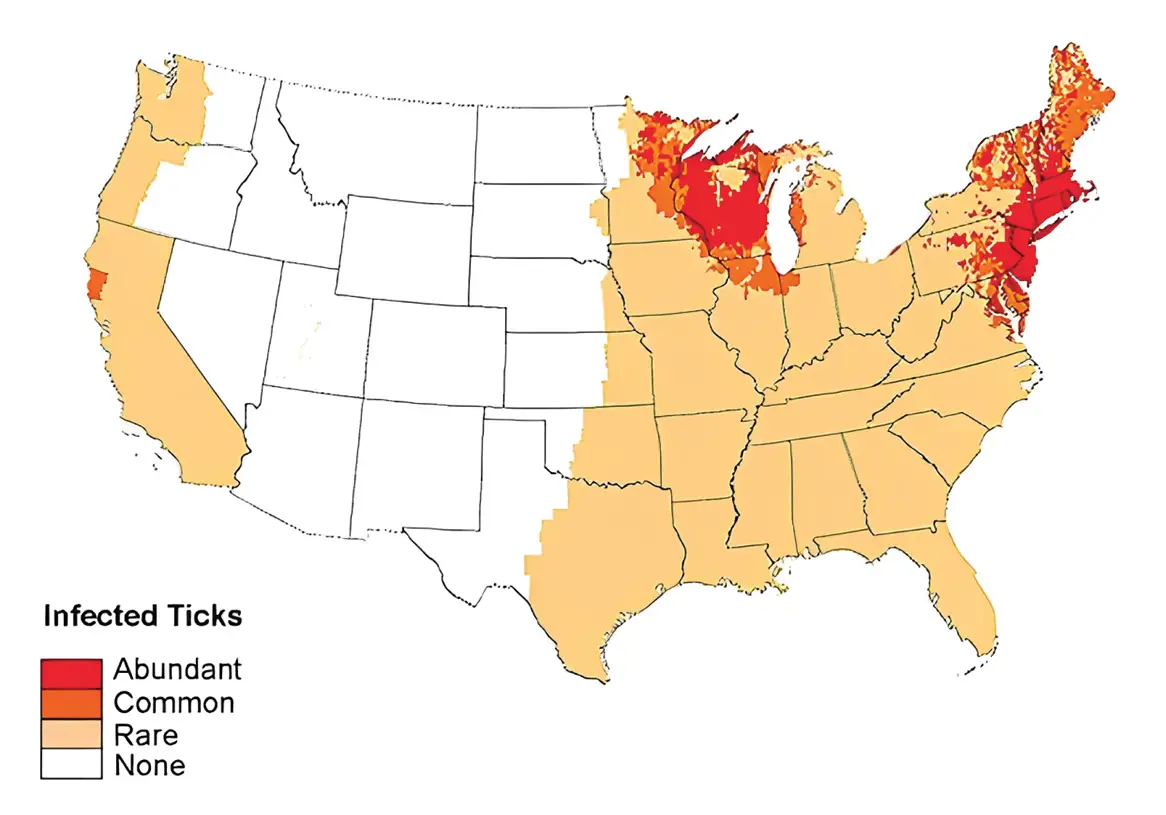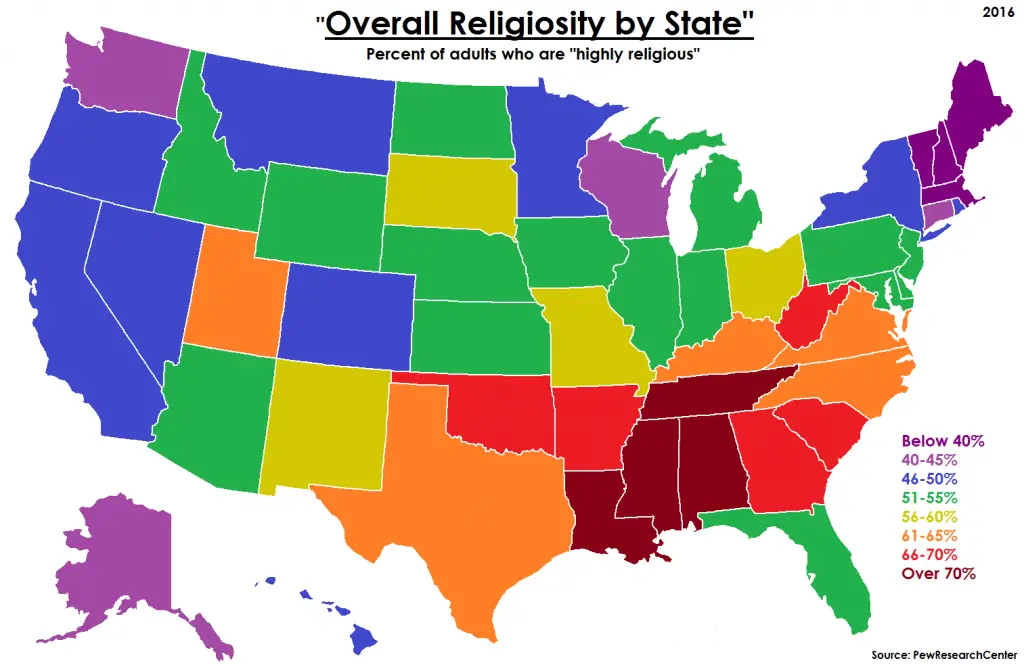Sexual Orientation Laws Throughout the World Mapped
Sexual orientation laws vary widely across the world, reflecting diverse cultural, religious, and societal attitudes toward LGBTQ+ rights.
The world map below created by ilga.org shows sexual orientation laws in the world from criminalisation of consensual same-sex sexual acts between adults to protection against discrimination based on sexual orientation.
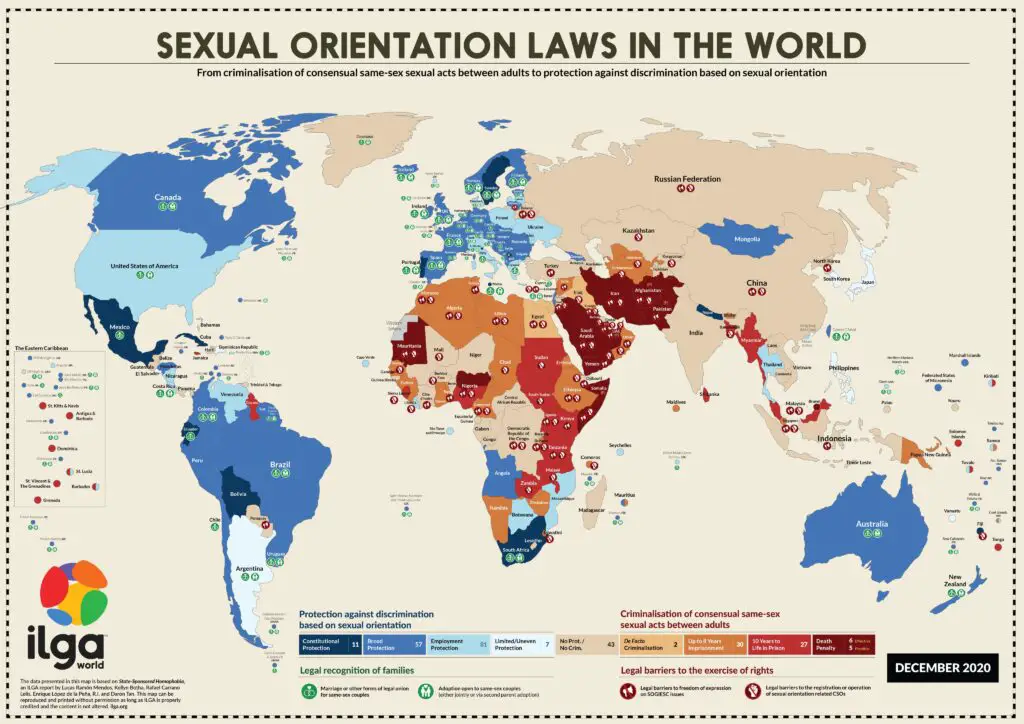
In many countries, consensual same-sex activity is legal, and laws that criminalized homosexuality have been repealed. However, there are still countries where same-sex relationships are criminalized, and individuals can face severe penalties, including imprisonment and even the death penalty in some cases.
Some countries have laws that protect LGBTQ+ individuals from discrimination in areas such as employment, housing, and public services. These laws vary in scope and effectiveness.
Recognition of same-sex relationships also varies. Some countries have legalized same-sex marriage or established civil partnership laws that grant similar legal rights and protections to same-sex couples as heterosexual couples. Others offer limited recognition or no legal recognition at all.
An increasing number of countries and regions are enacting bans on so-called “conversion therapy,” which aims to change a person’s sexual orientation or gender identity. These practices are widely discredited by medical and psychological organizations and are considered harmful.
Laws related to gender identity and transgender rights also vary. Some countries have legal protections against discrimination based on gender identity, while others may have restrictive laws or policies.
The acceptance of LGBTQ+ rights can vary widely within countries. Urban areas and younger generations often tend to be more accepting, while rural areas and older generations may hold more conservative views.
International organizations like the United Nations and the European Union advocate for LGBTQ+ rights and work to promote equality and non-discrimination globally. However, their influence on domestic laws varies.
Many human rights organizations and activists work to challenge discriminatory laws and practices, aiming to secure equal rights and protections for LGBTQ+ individuals worldwide.
Progress is being made in some regions, with countries legalizing same-sex marriage, strengthening anti-discrimination laws, and recognizing gender identity rights. However, setbacks and challenges also persist, often due to cultural, religious, and political factors.
If you liked this world map, you may also be interested in the following books:


